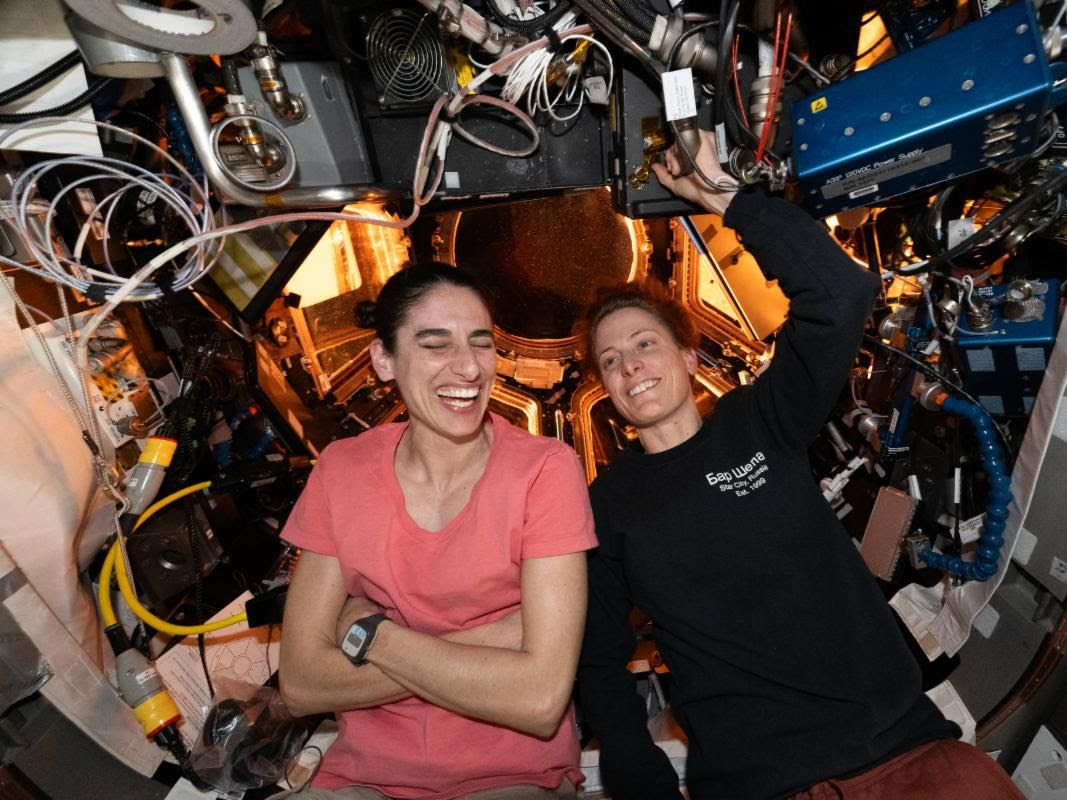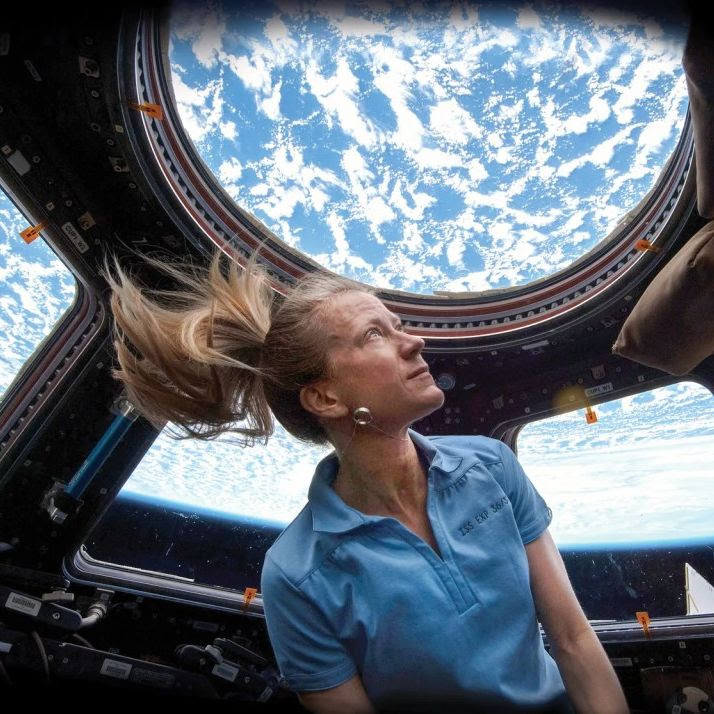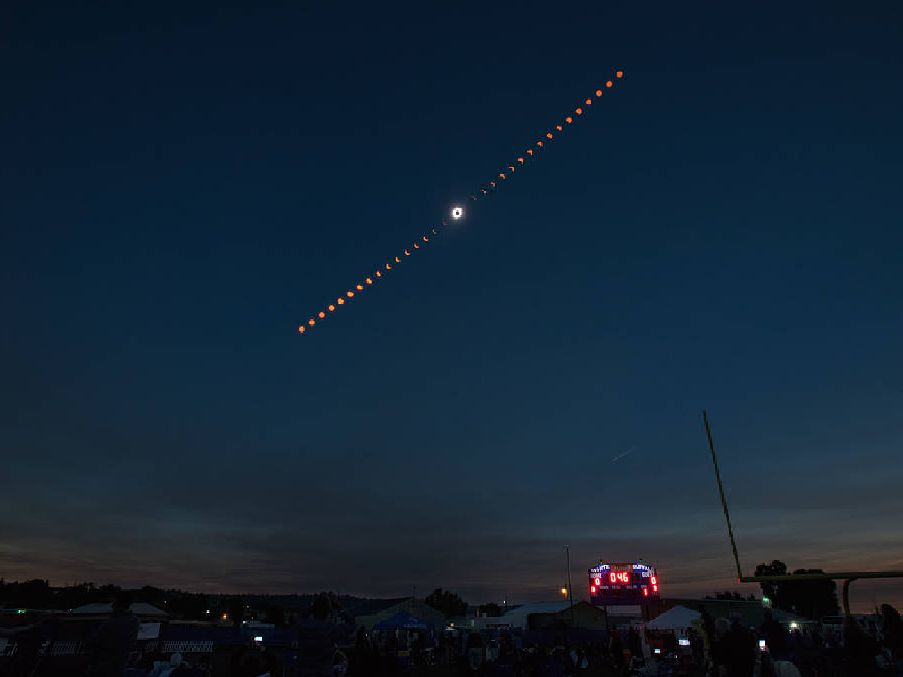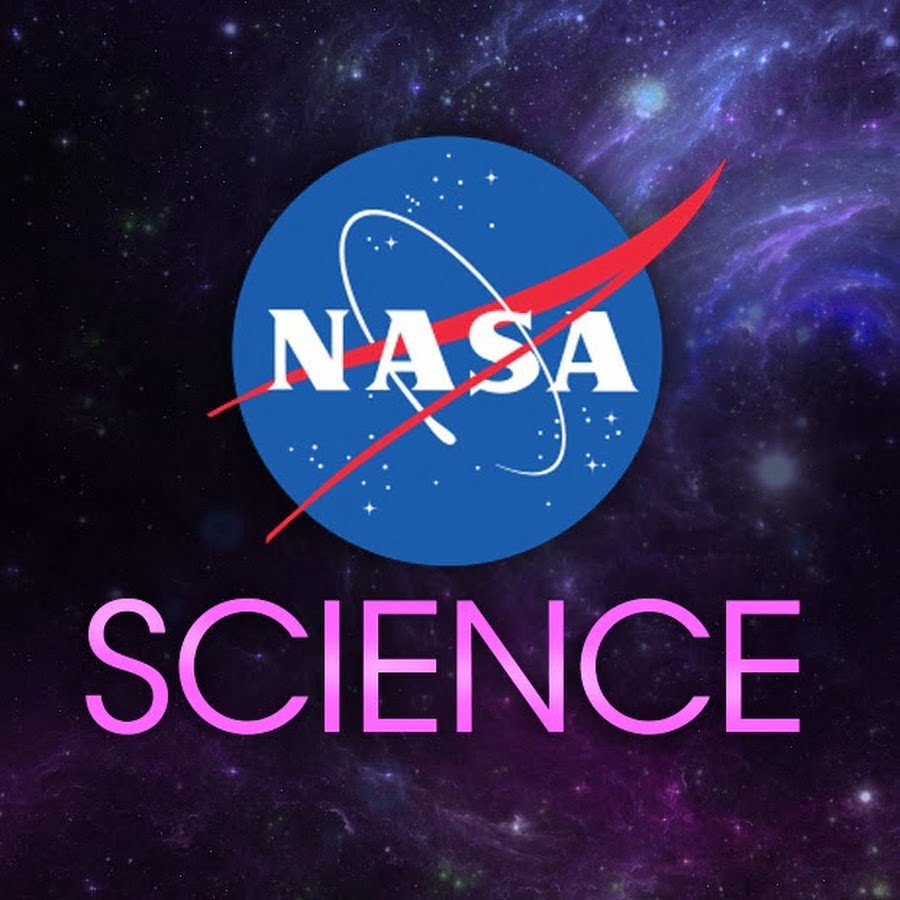| In this week’s newsletter, the universe is calling: don’t miss your opportunity to become a NASA astronaut, take a journey from the surface of Earth to the Sun’s core and discover how intricately we’re connected to our star, and learn how to capture unforgettable images of April’s total solar eclipse. Plus, stories you might have missed. |
 |
| The Universe is Calling For the first time since 2020, NASA is accepting applications for new astronauts. NASA astronauts have been traveling to space for more than six decades and have lived there continuously since 2000. Now, NASA’s Artemis program is preparing to land the first woman and the next man on the Moon. The Orion spacecraft atop the Space Launch System rocket will carry humans farther into space than they have gone before—for missions to the Moon and eventually to Mars. If you are a U.S. citizen with a master’s degree in science, technology, engineering, or math, you may be eligible to apply. We’re seeking team players, multidisciplinary applicants, and candidates who adapt well to new environments and excel in their fields. The application deadline is Tuesday, April 2. APPLICATION INFORMATION |

| Becoming an Astronaut What does it take to be a NASA astronaut? From academic requirements to age restrictions and everything in between, start your application by reviewing the answers to some frequently asked questions. FAQS |

| NASA Podcasts The Sun is our closest star. In this episode of NASA’s Curious Universe podcast, scientist Joe Westlake takes listeners on a journey from the surface of Earth to the sun’s core to learn how intricately we’re connected to our star and the progress we’ve made unraveling its mysteries. LISTEN |

Ever wonder what it’s like to see our planet from space? Watch as NASA’s astronauts take you on a journey to the International Space Station, exploring the life-changing experience of an orbital perspective. View Earth as you’ve never seen it before: through the eyes of an astronaut.

Tips for Photographing a Total Solar Eclipse
On April 8, 2024, a total solar eclipse will cross North America, passing over Mexico, the United States, and Canada. A total solar eclipse happens when the Moon passes between the Sun and Earth, completely blocking the face of the Sun. The sky will darken as if it were dawn or dusk.
This celestial event creates stunning views for people within the path of the Moon’s shadow and provides a unique opportunity for scientists to study the Sun and its influence on Earth.
A total solar eclipse is also a perfect opportunity to capture unforgettable images! Whether you’re an amateur photographer or a selfie master, try out these tips for photographing the eclipse.
NOTES: This is a NASA Publication. Formatted to fit this screen.
